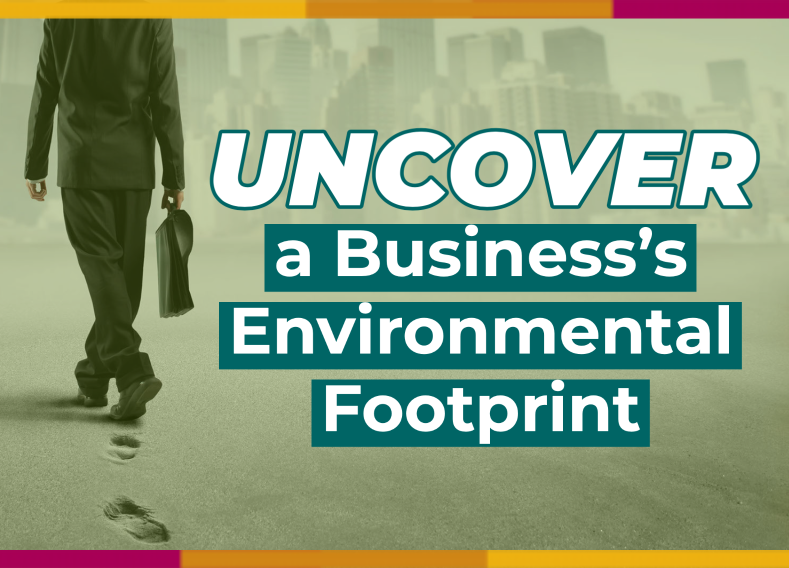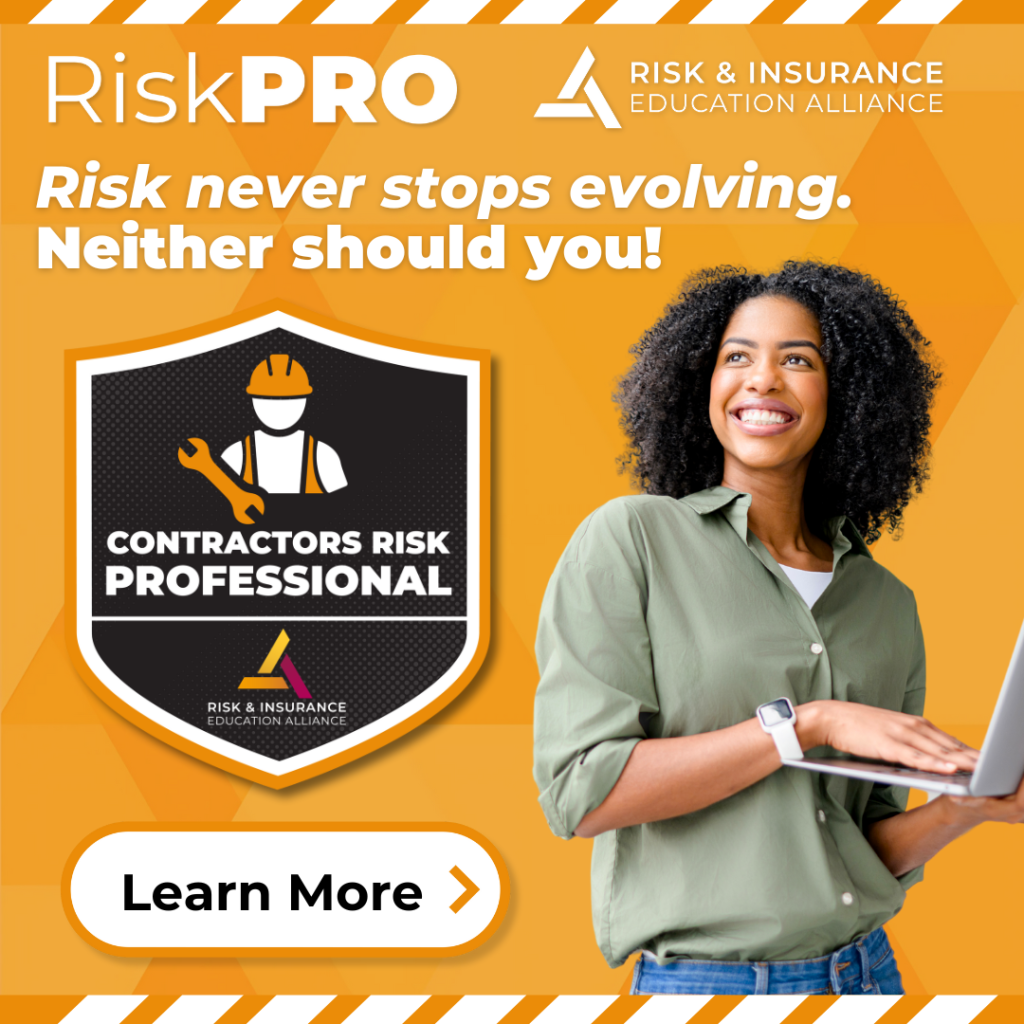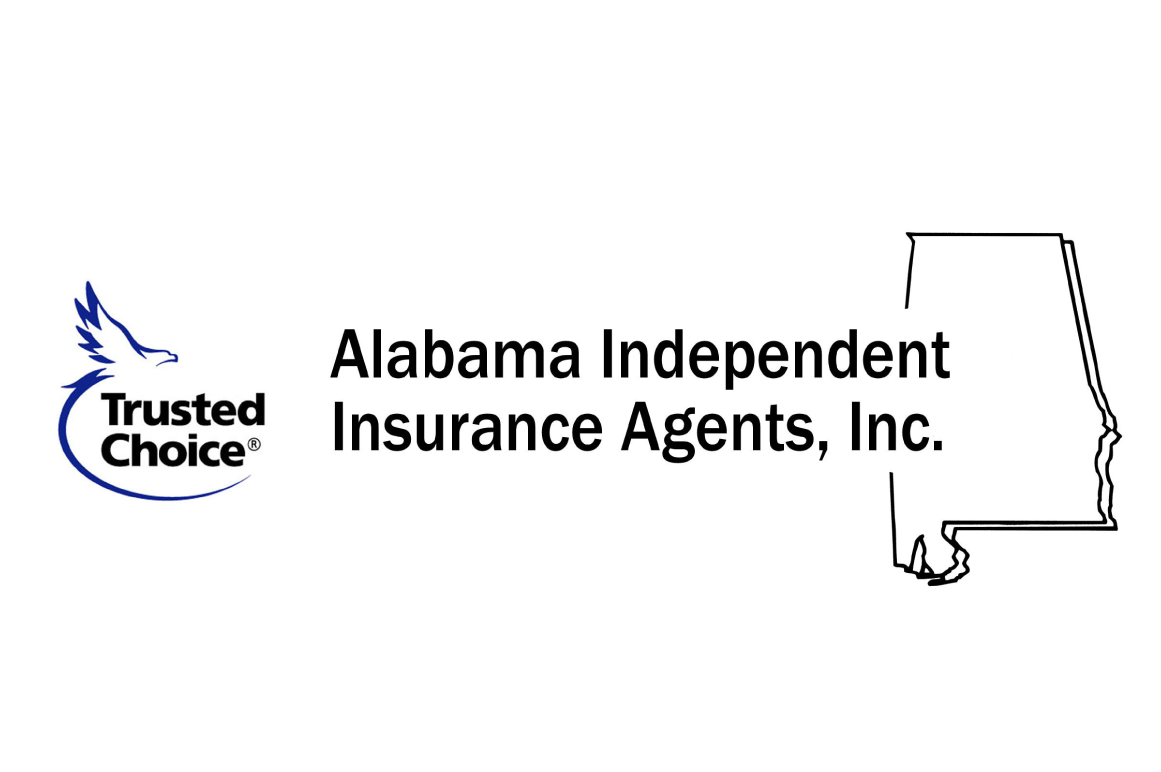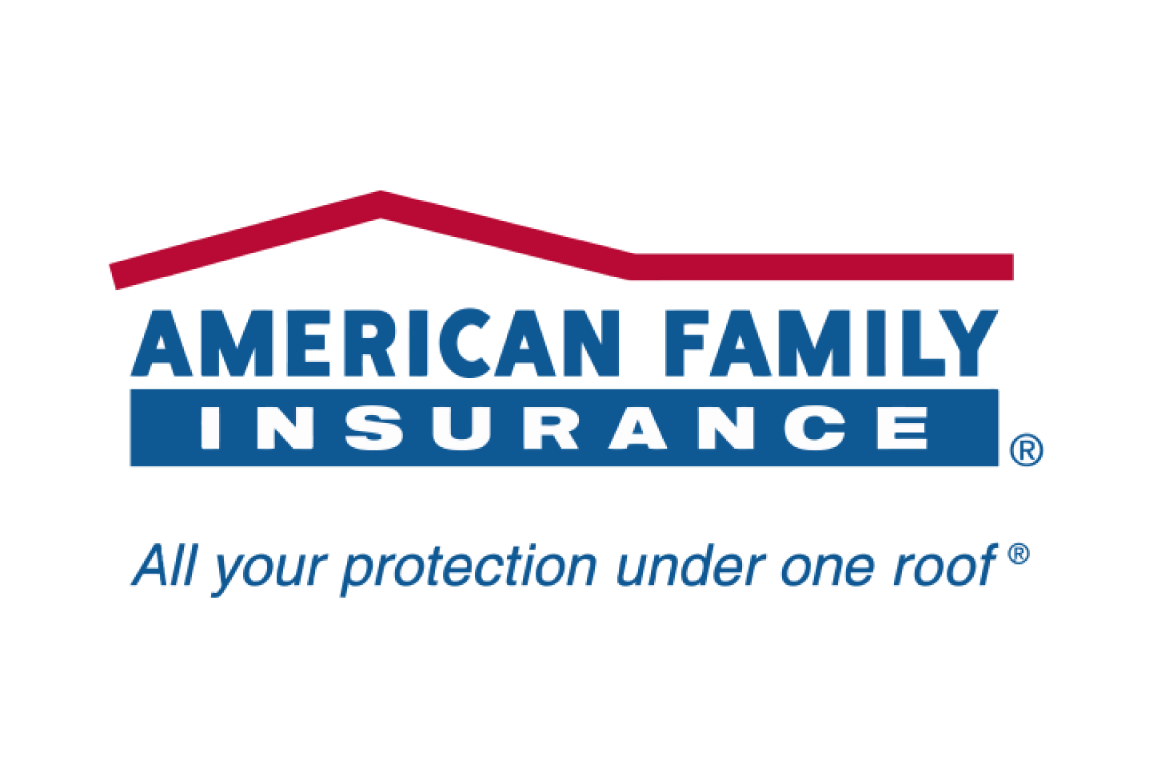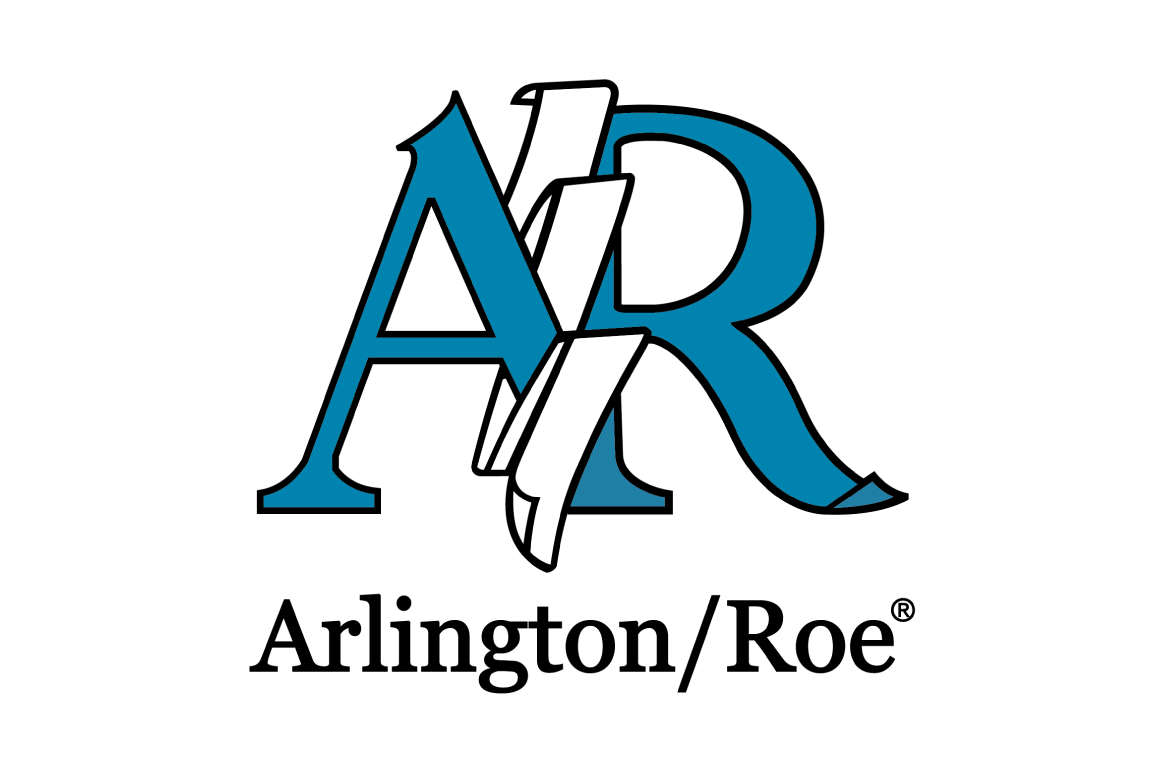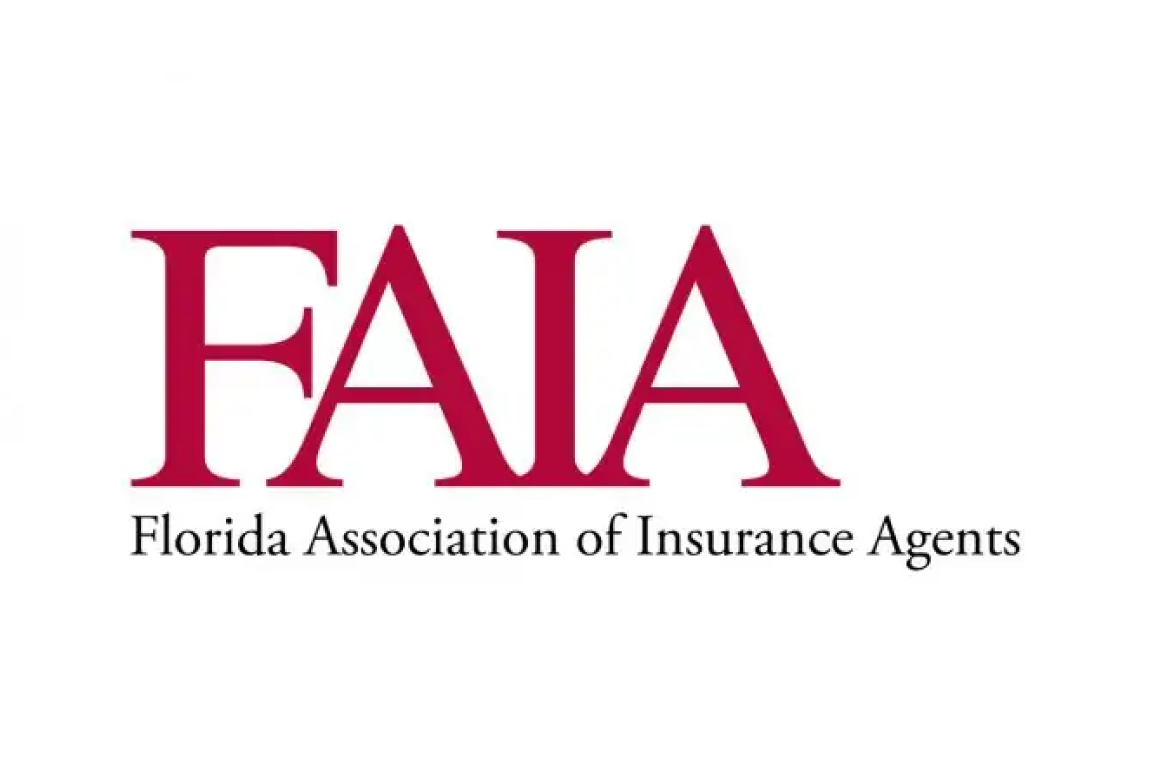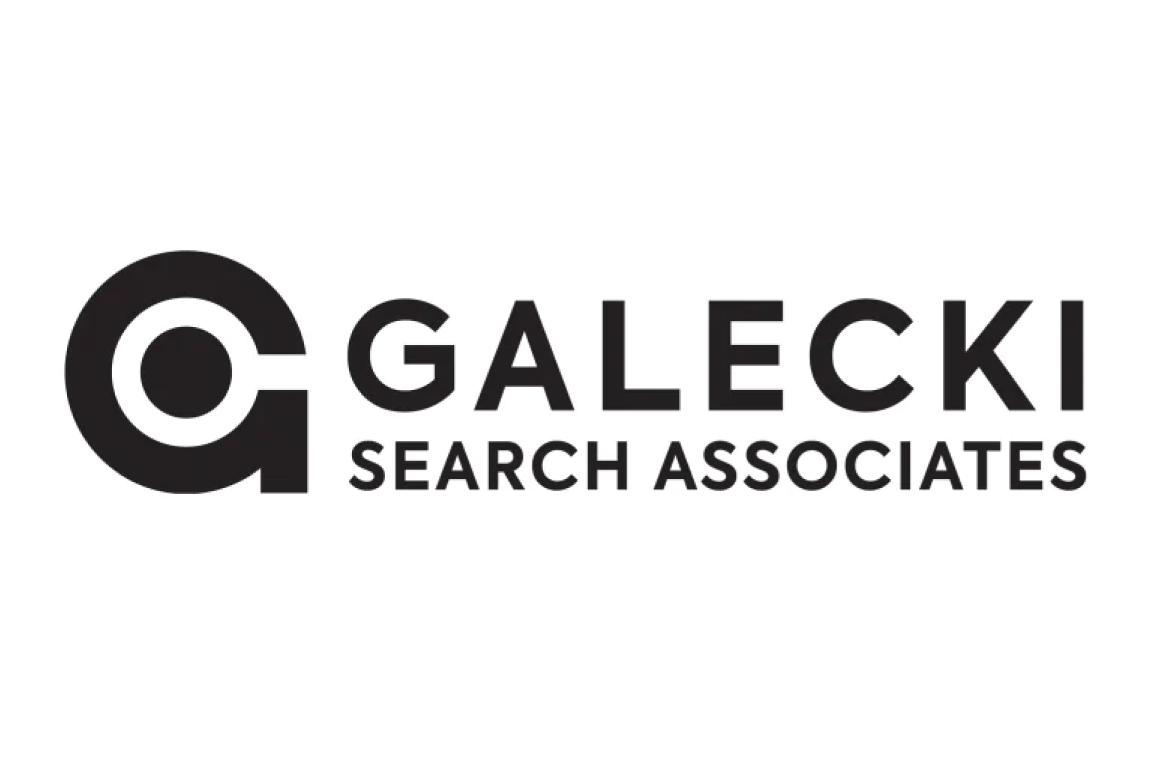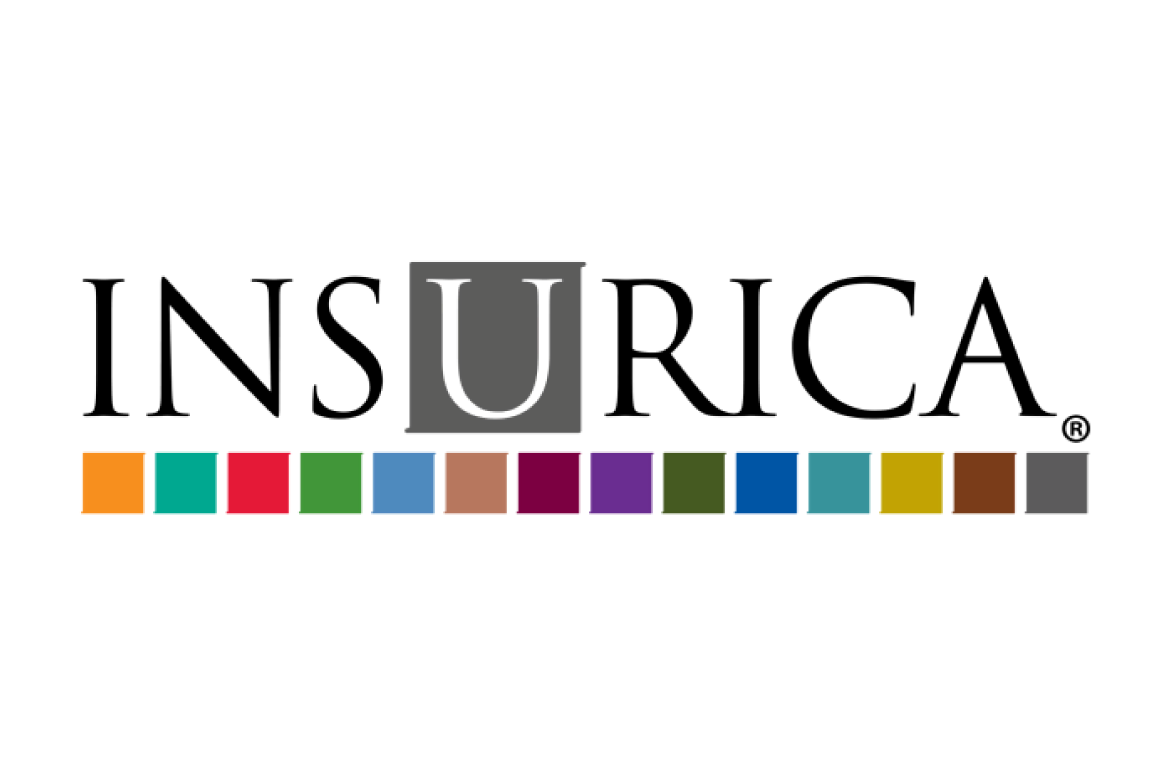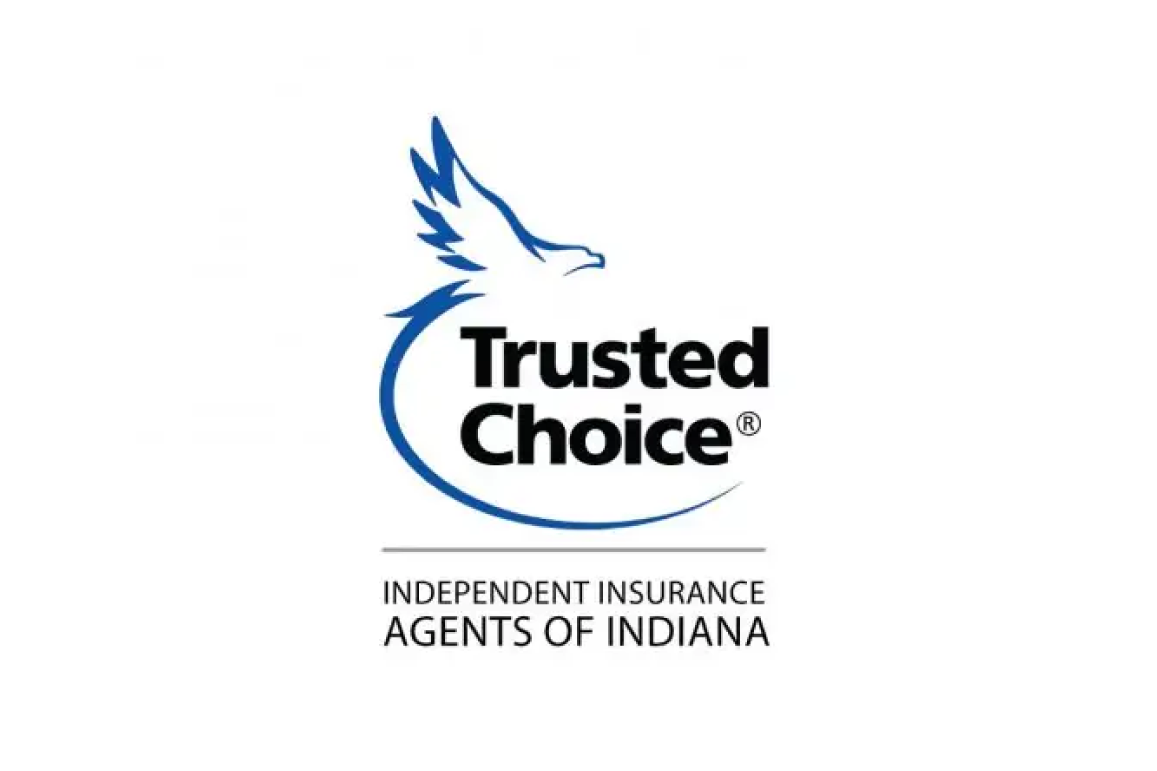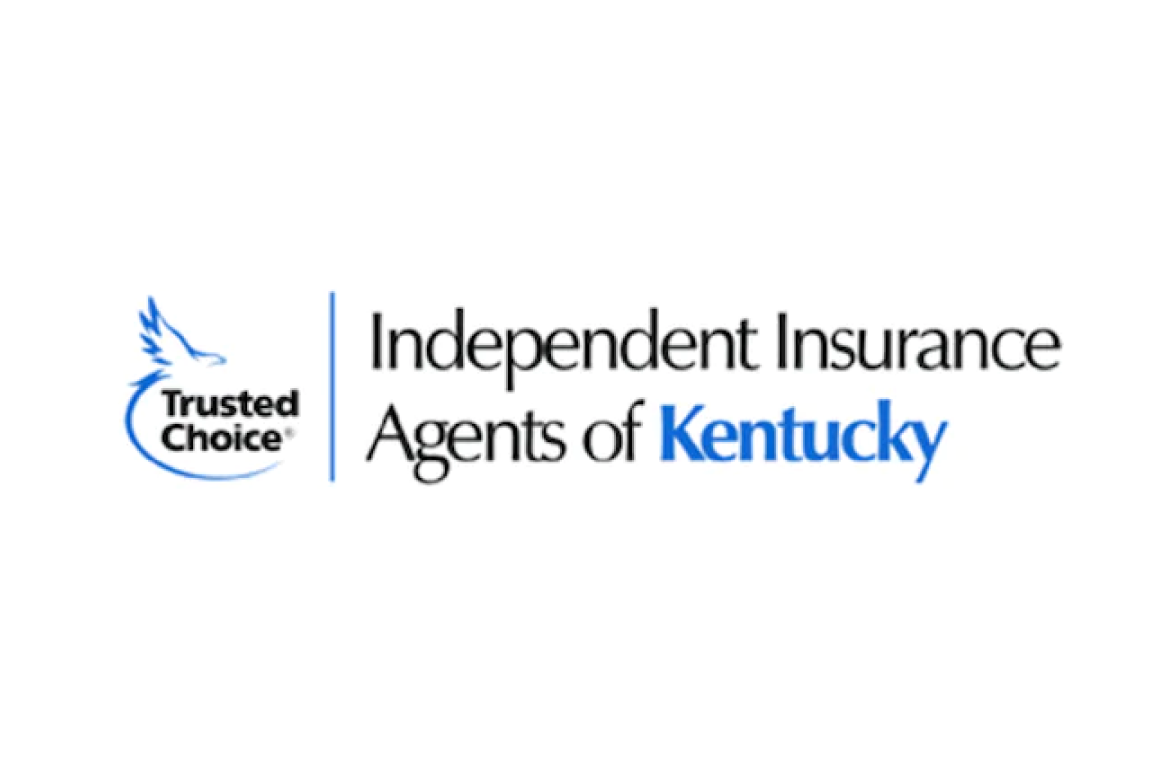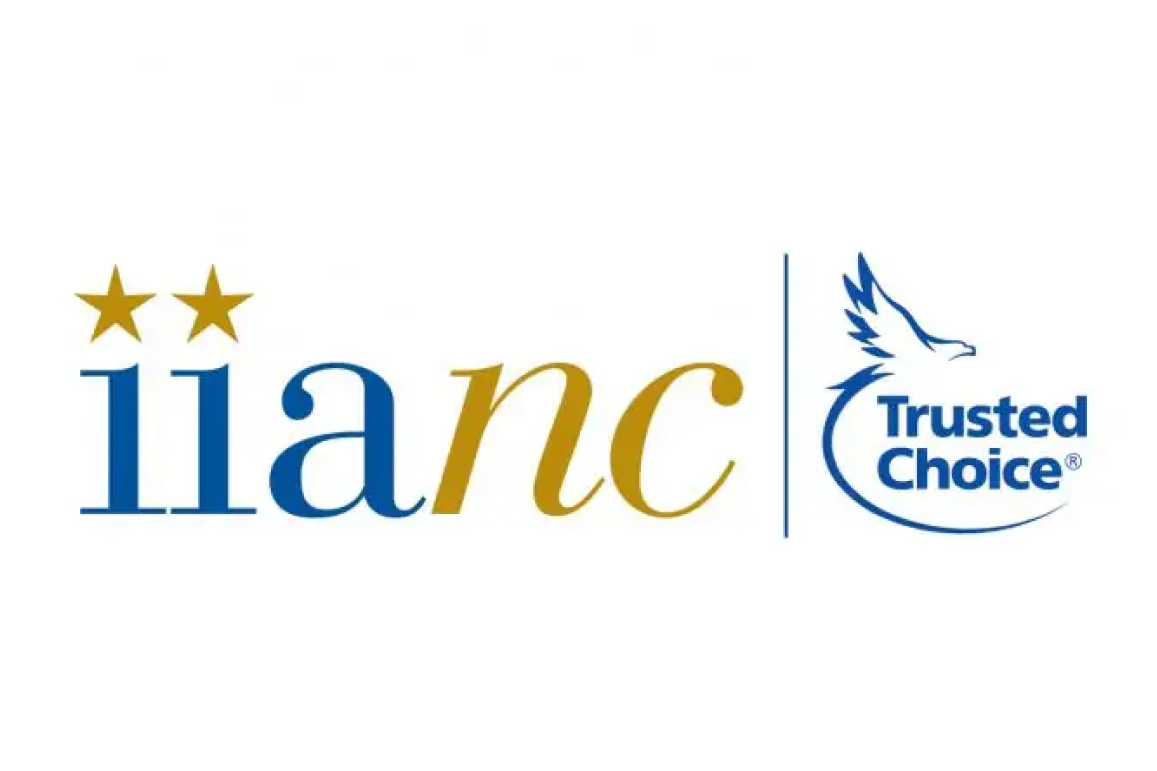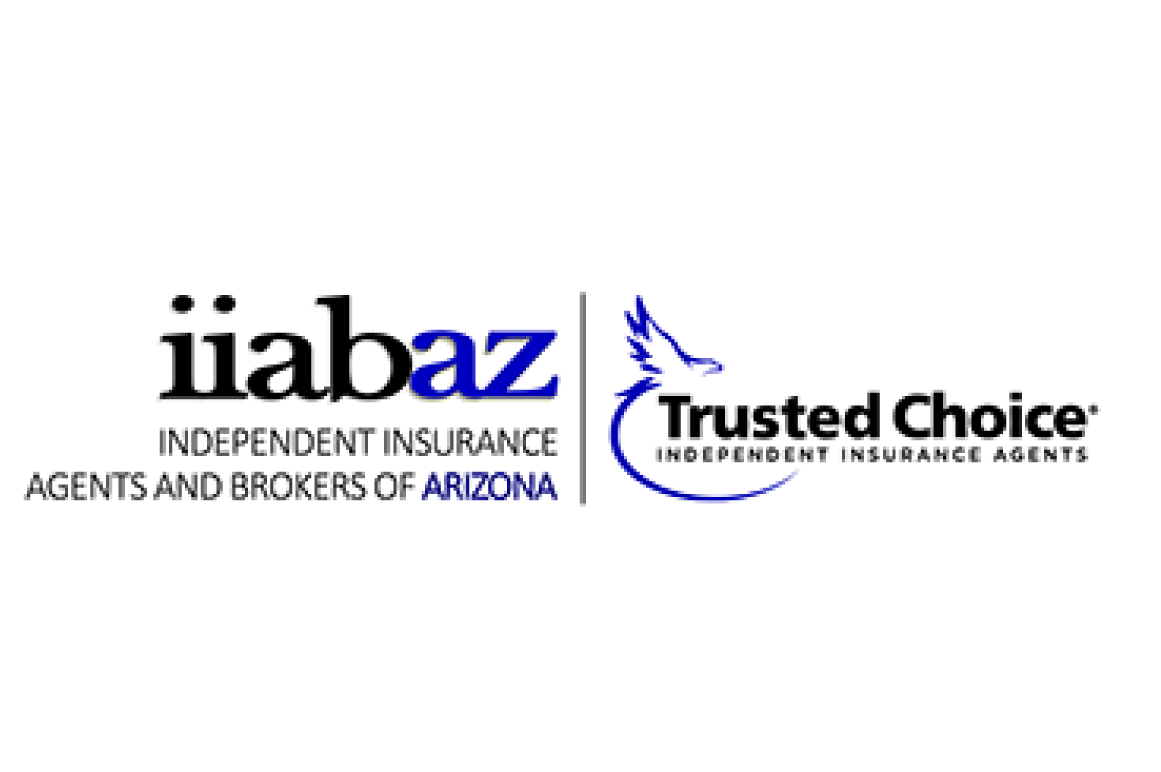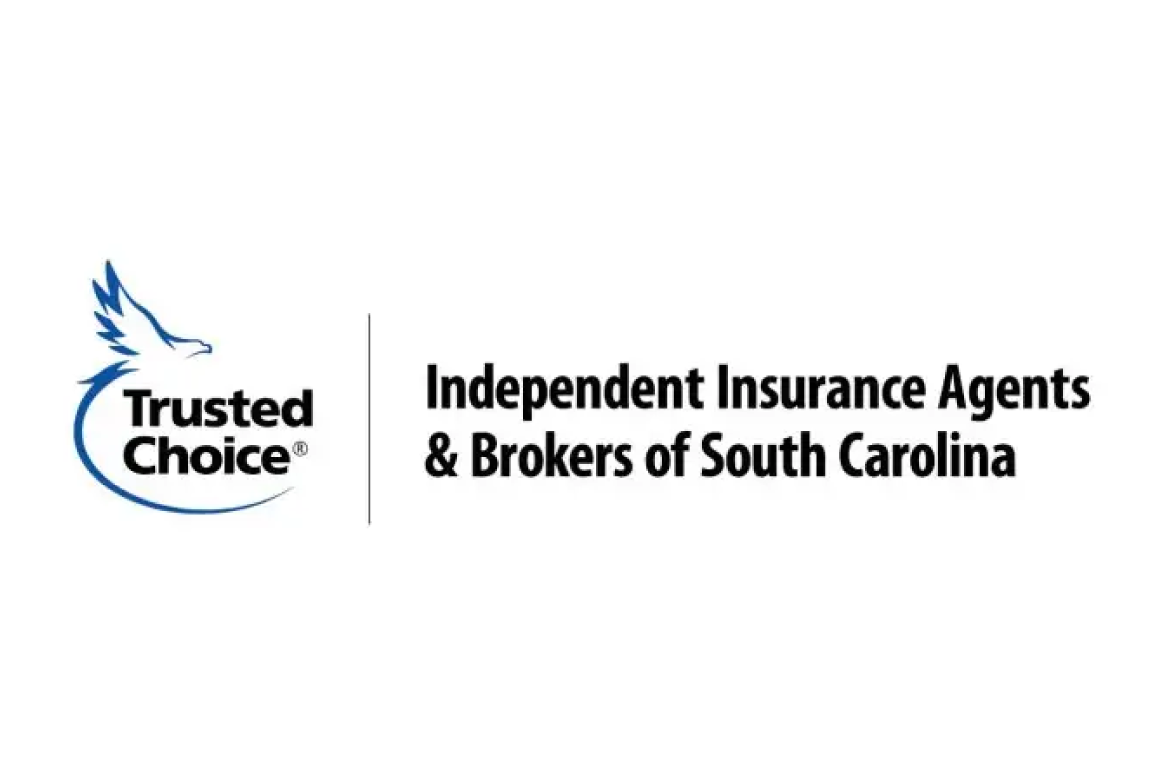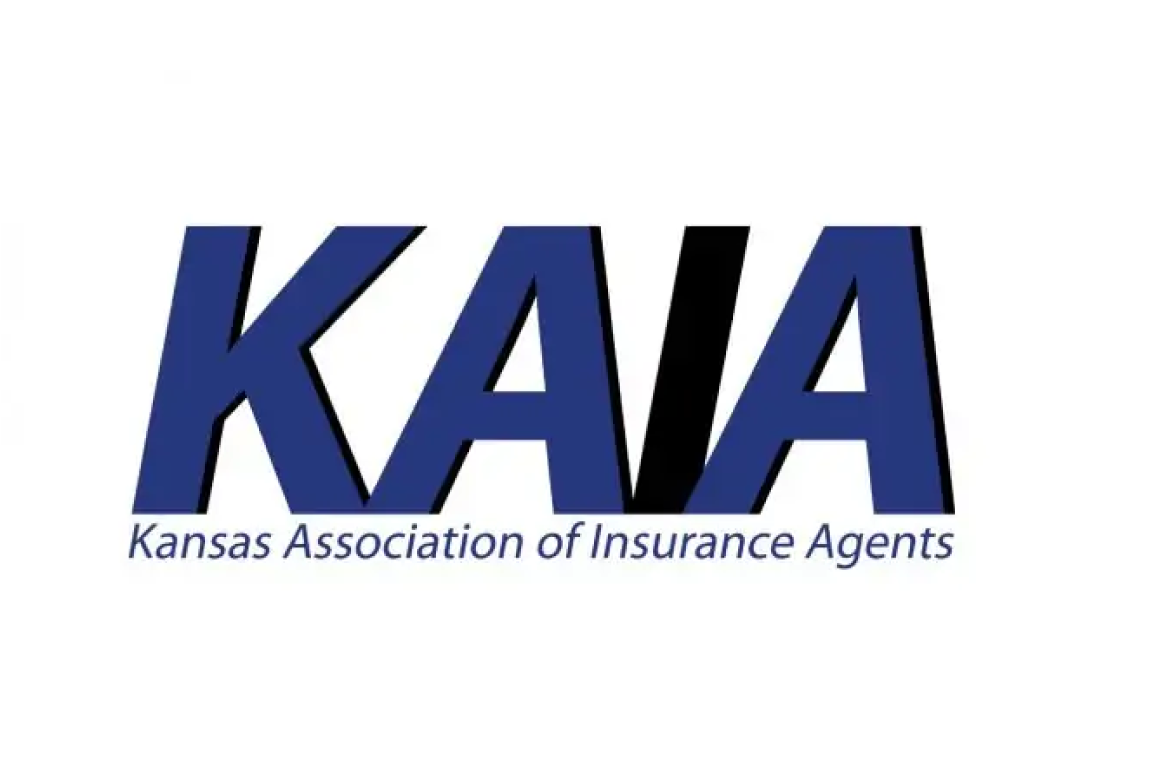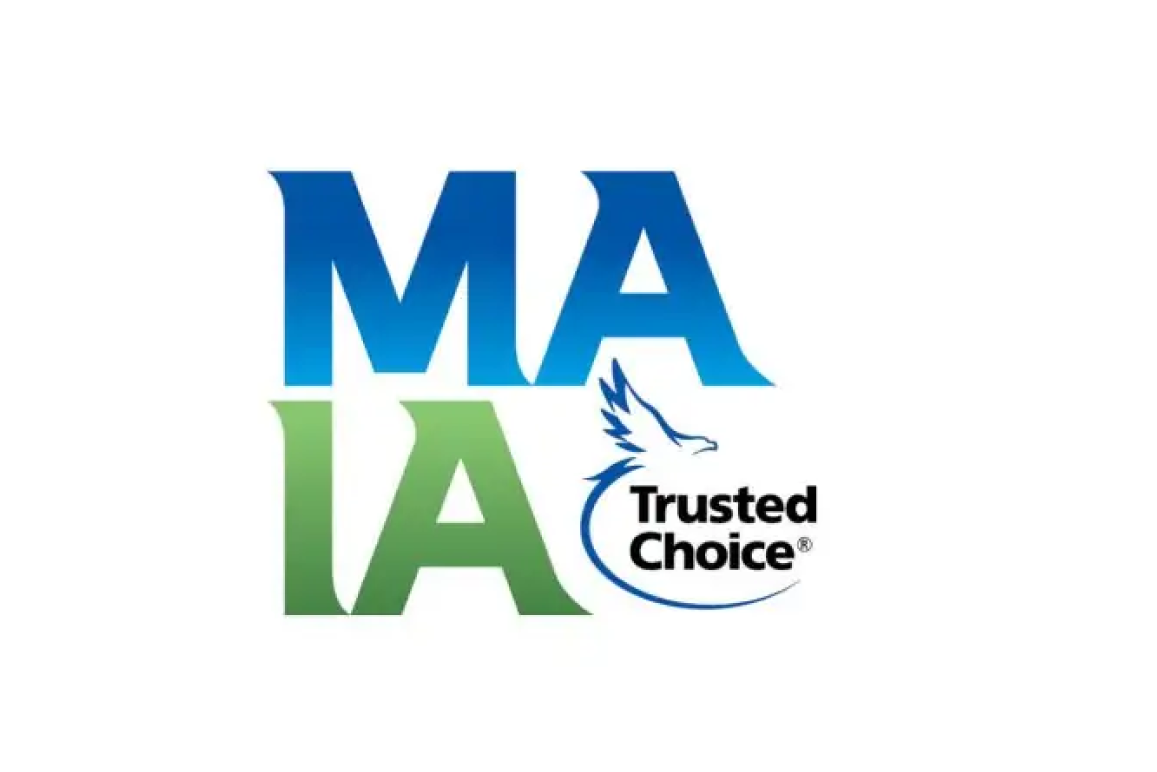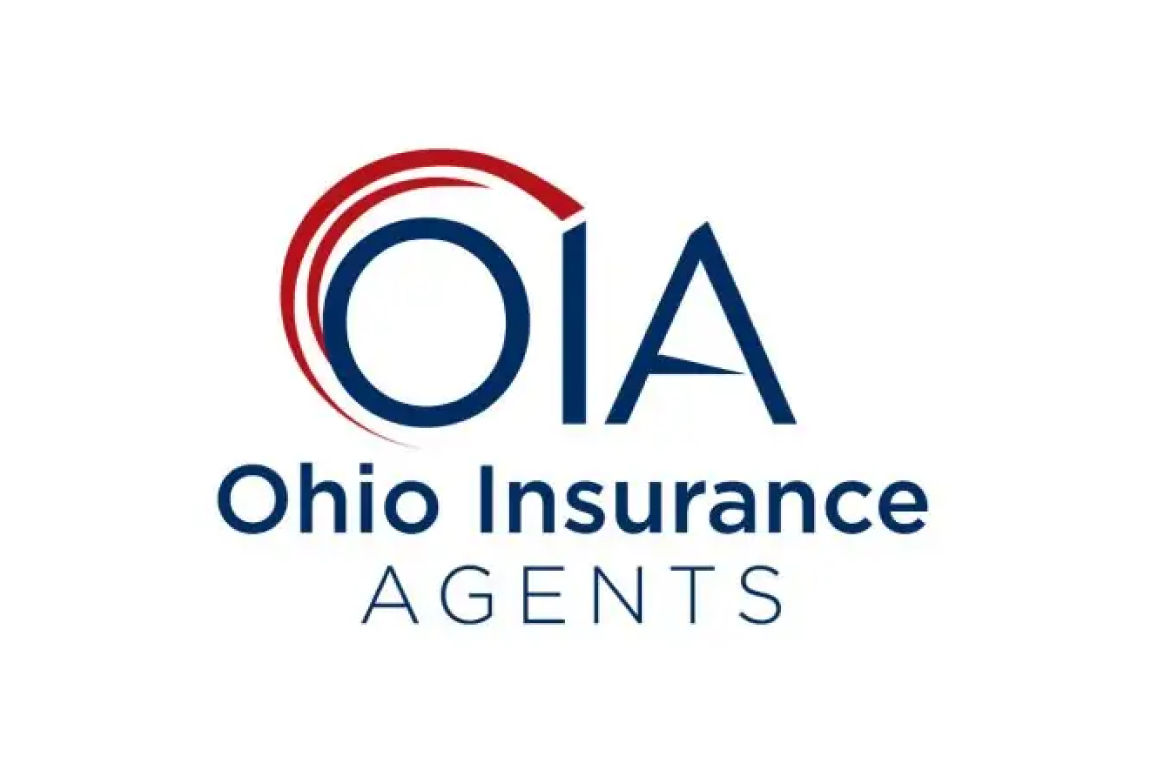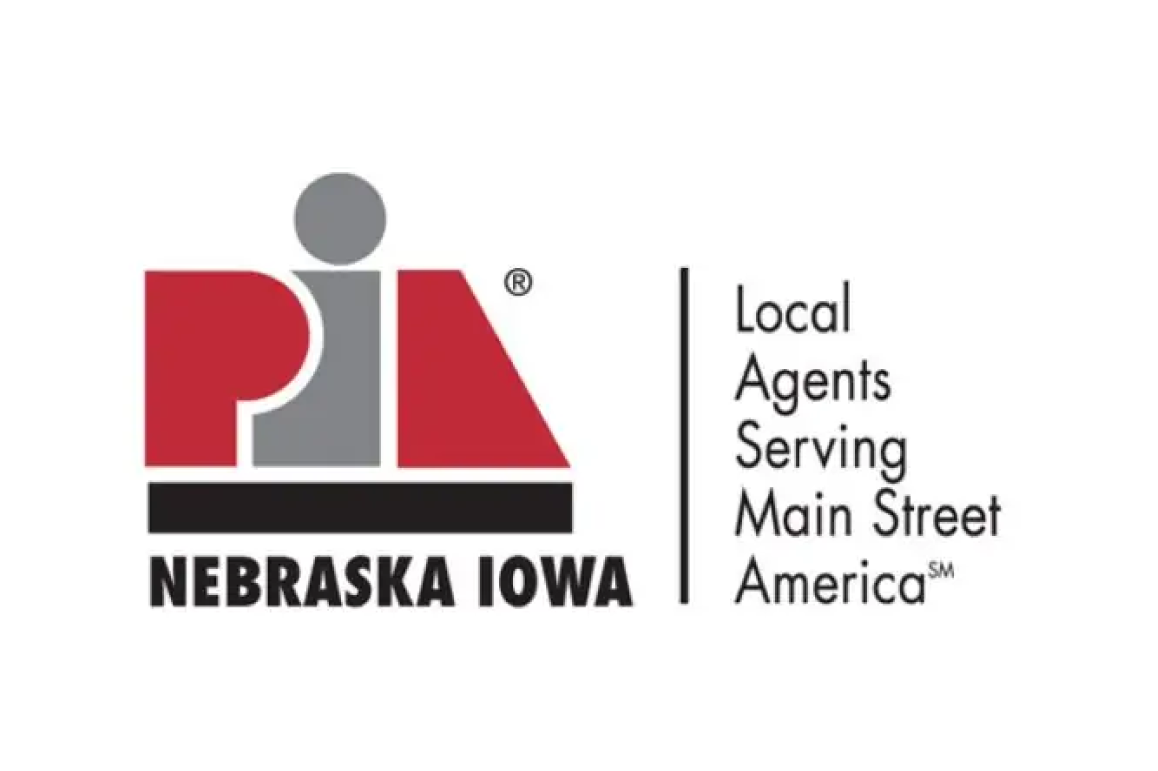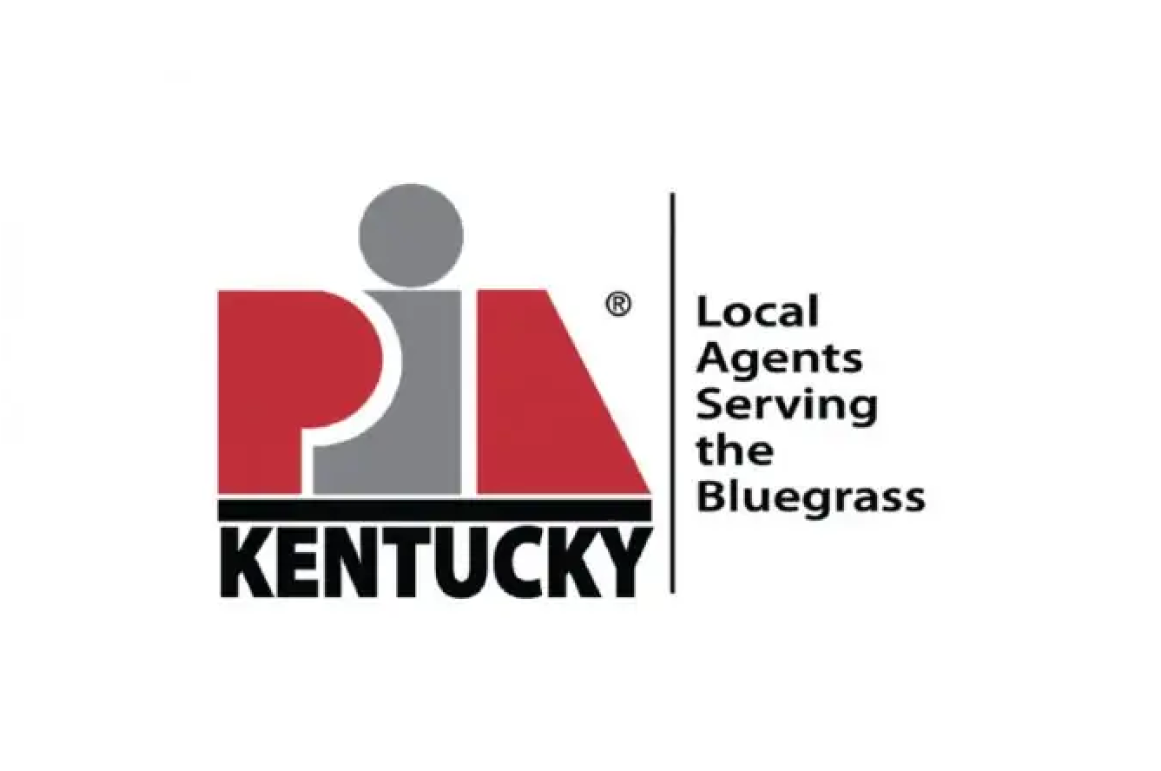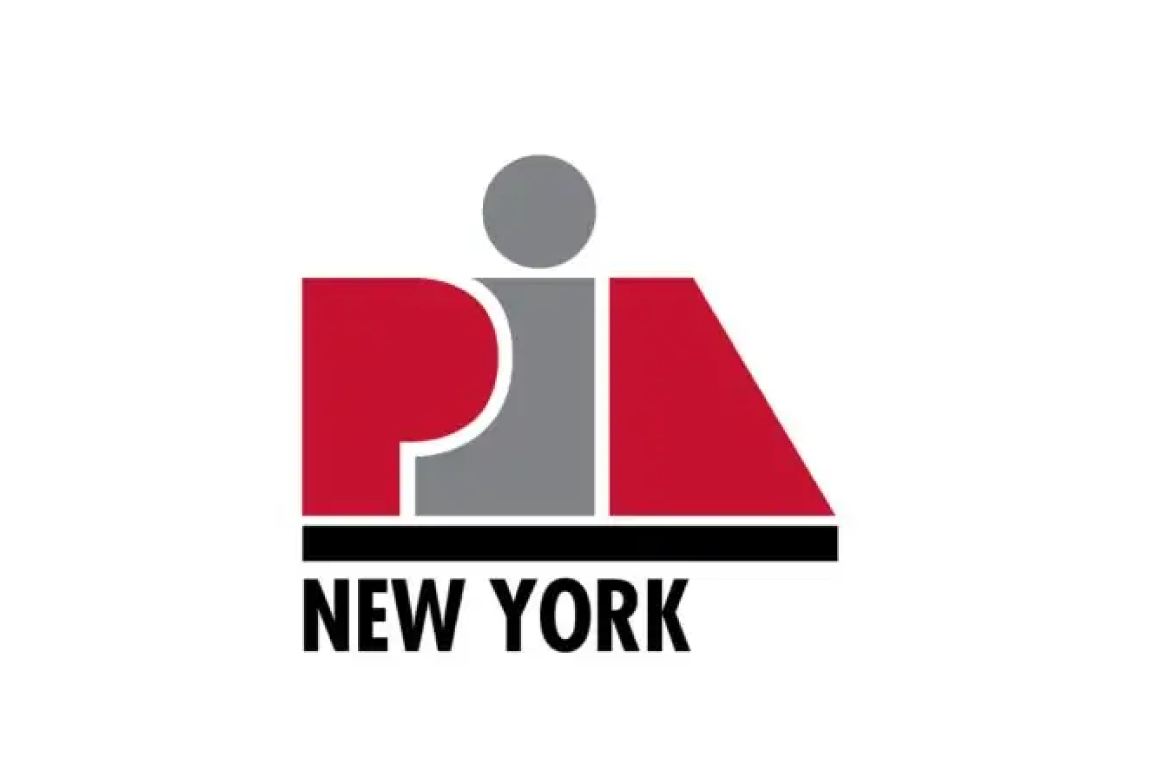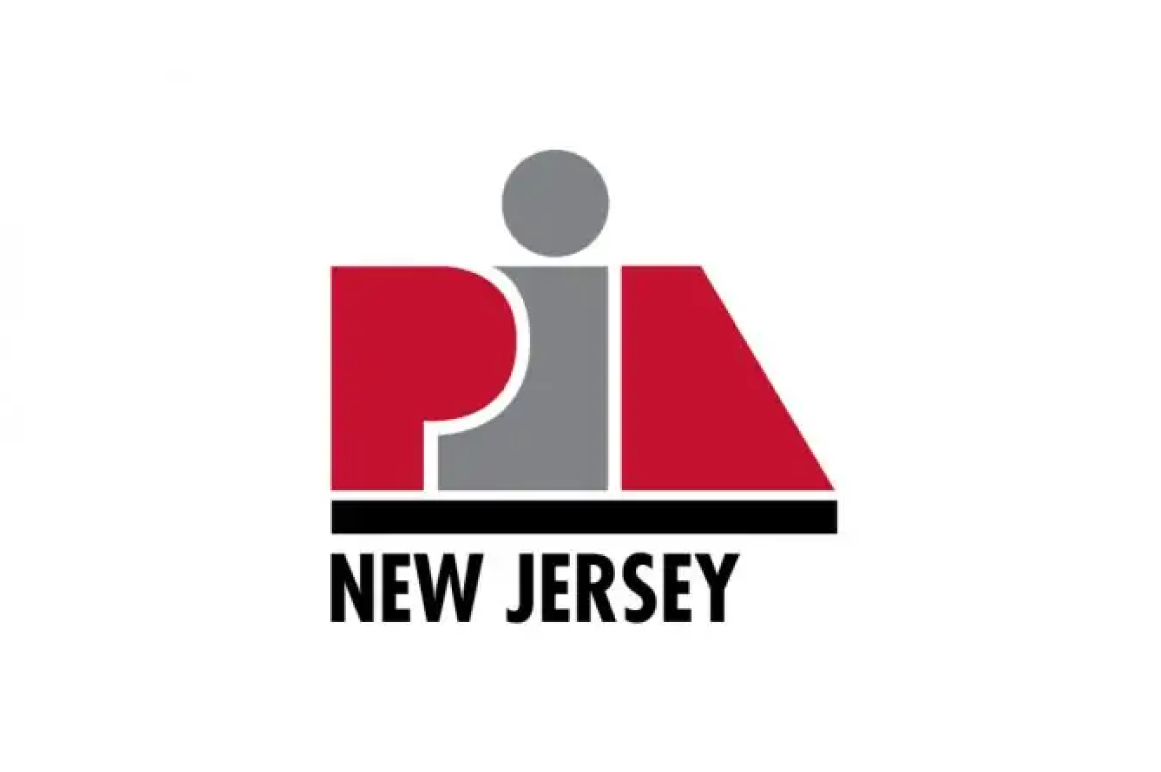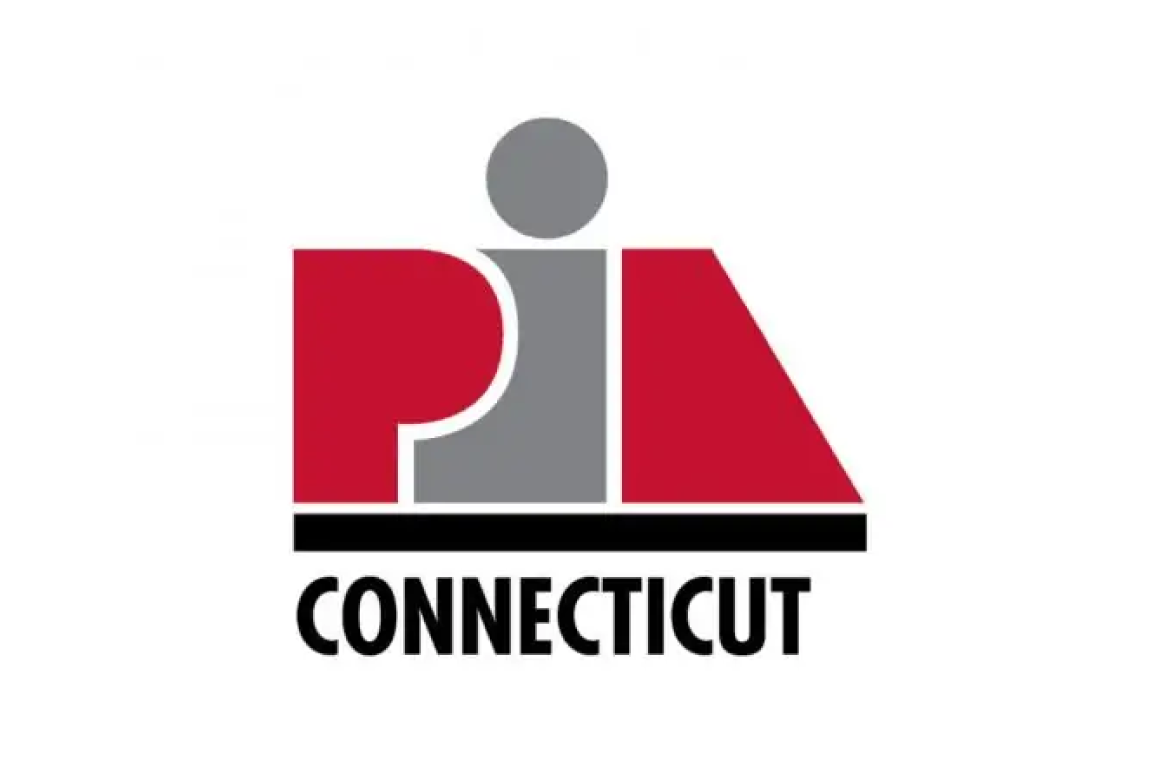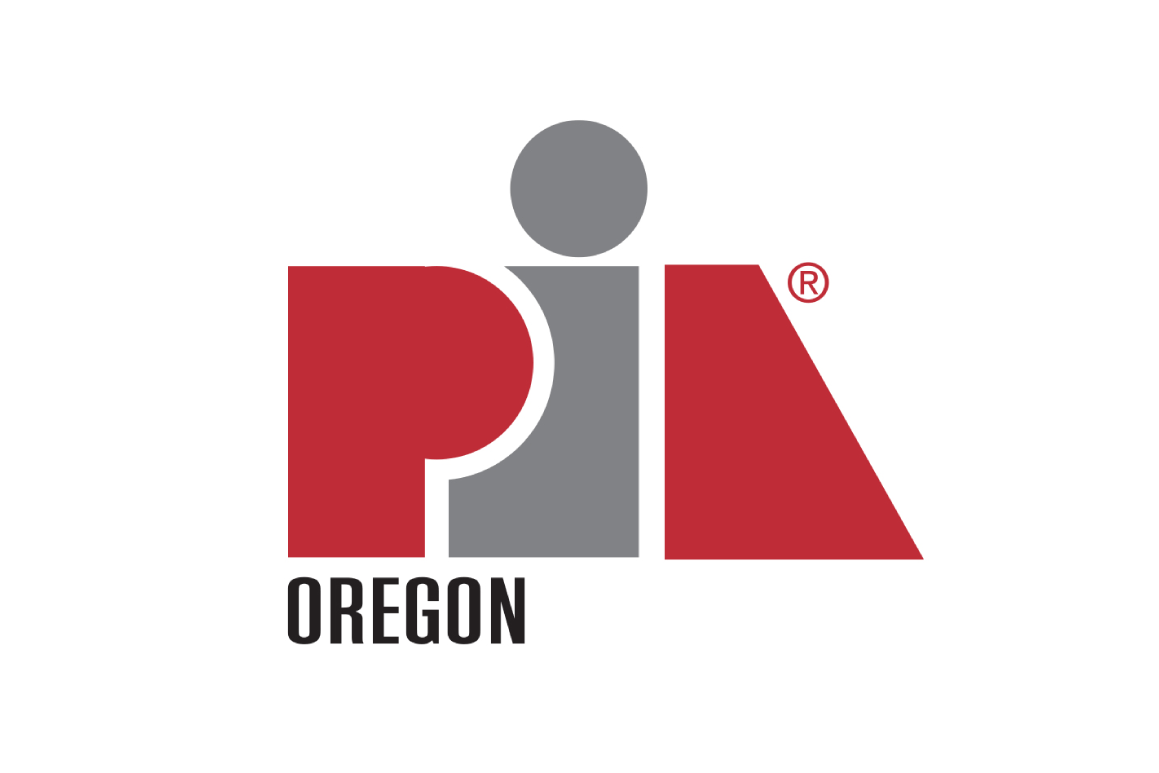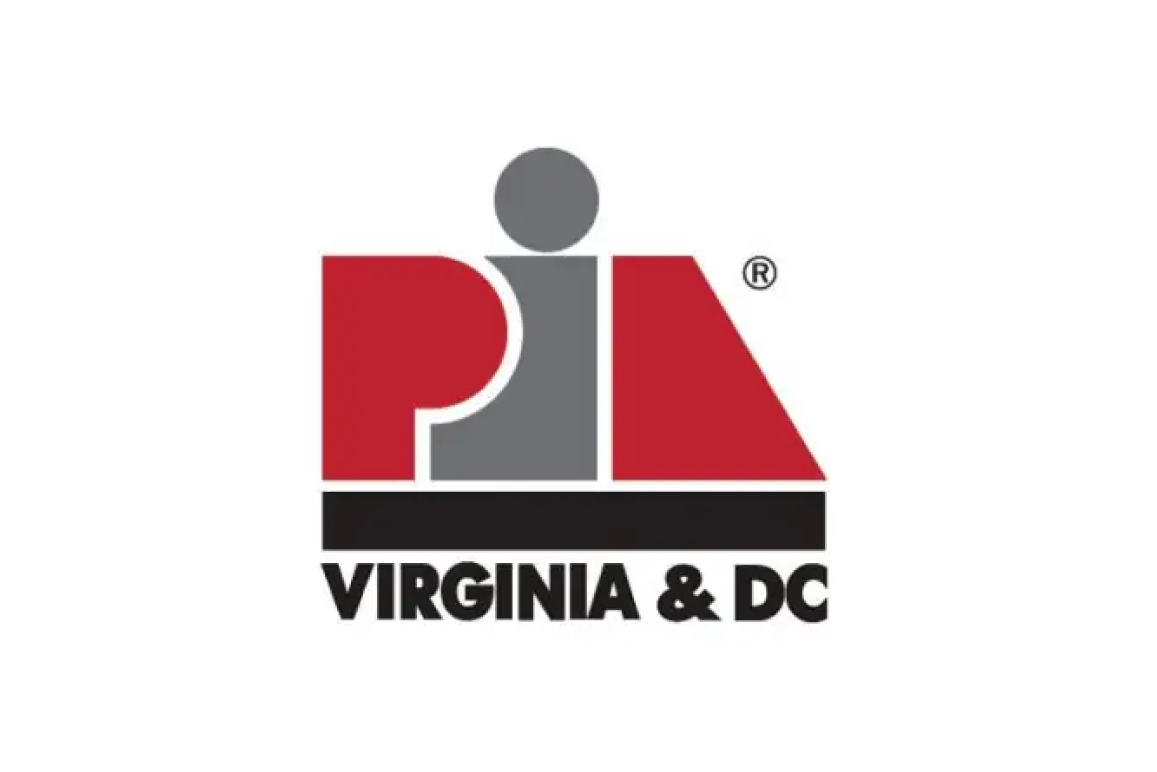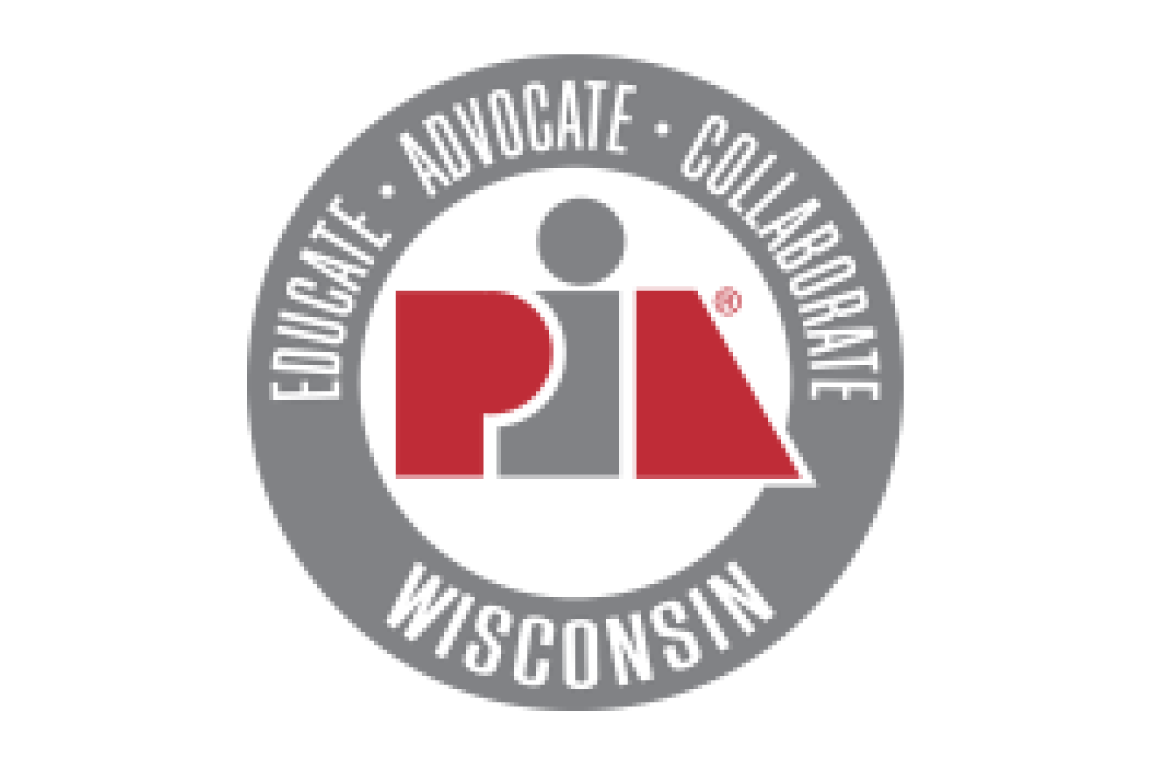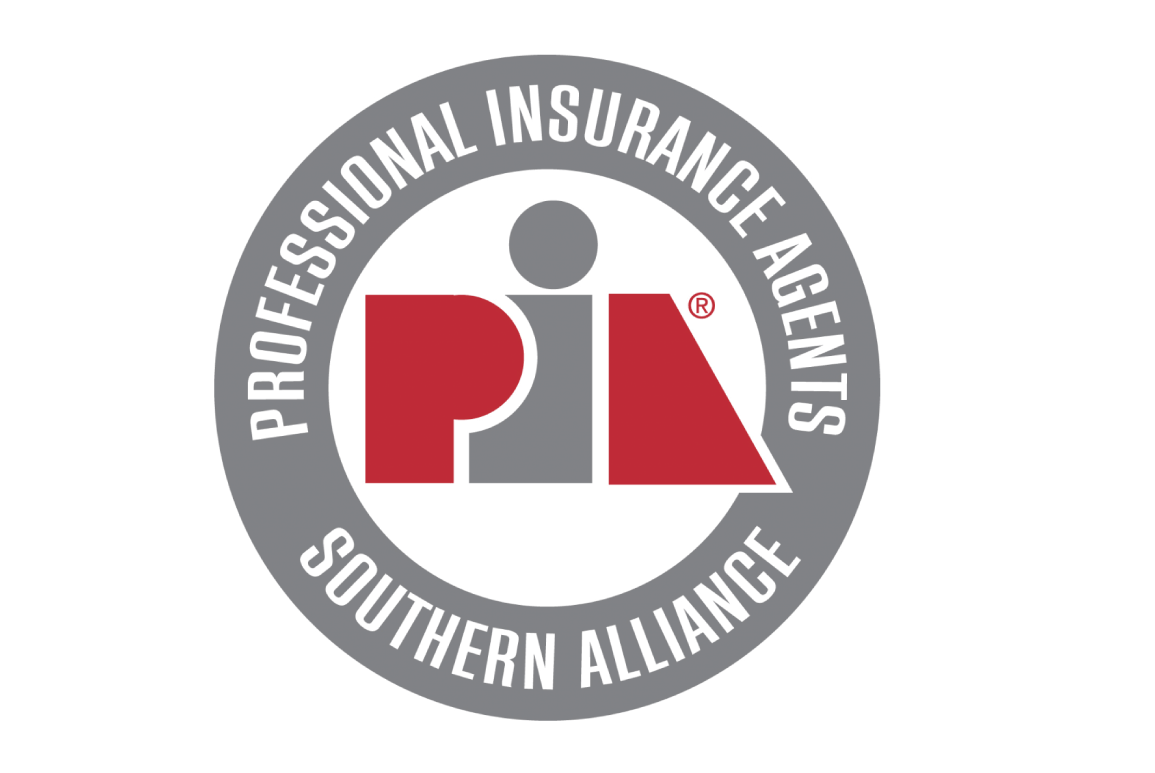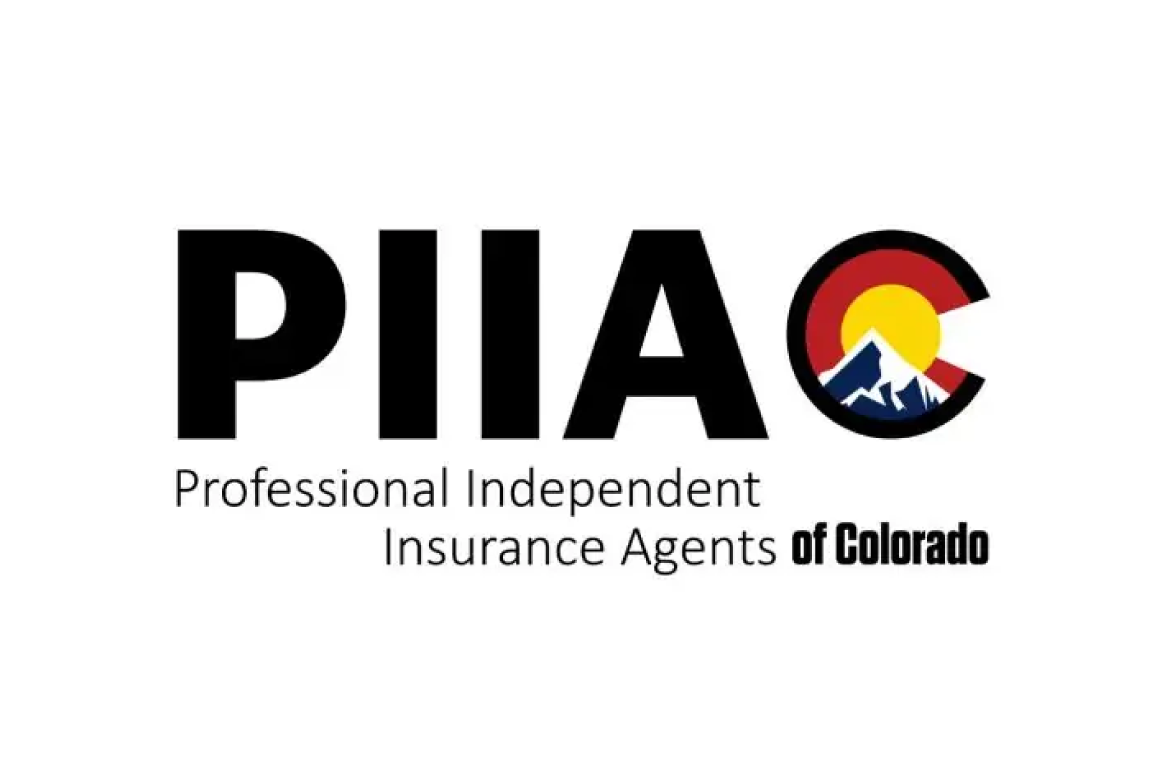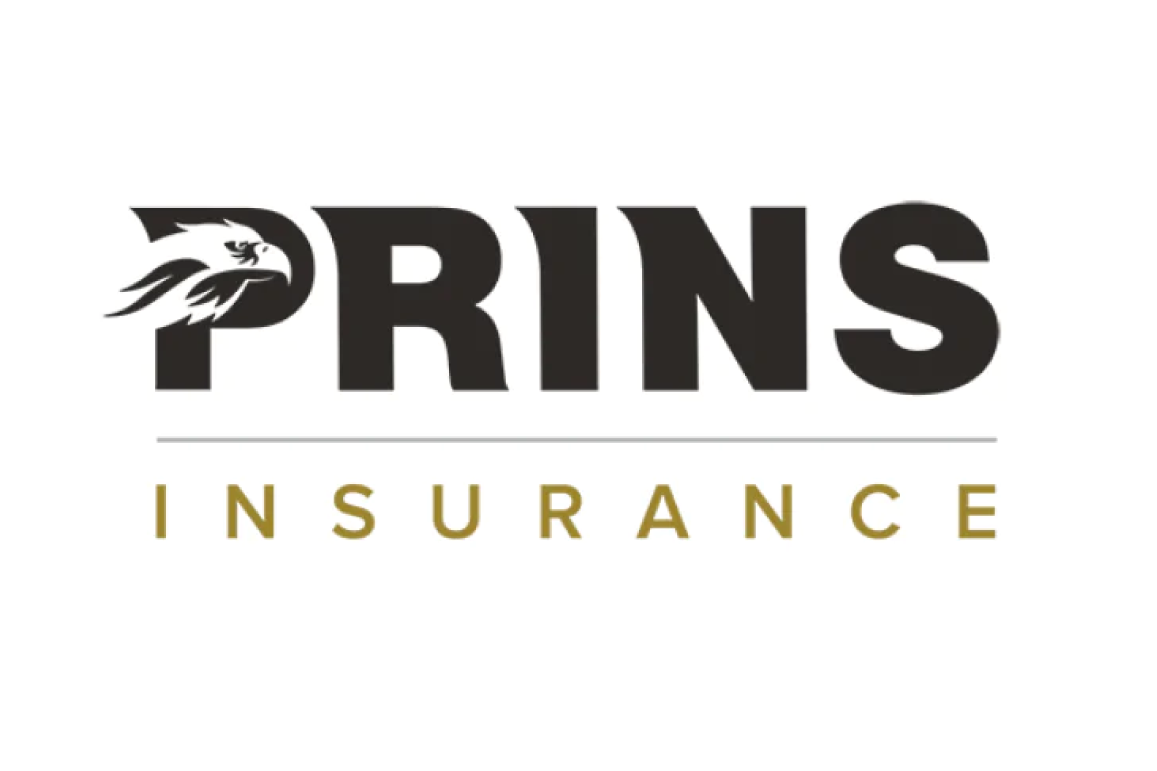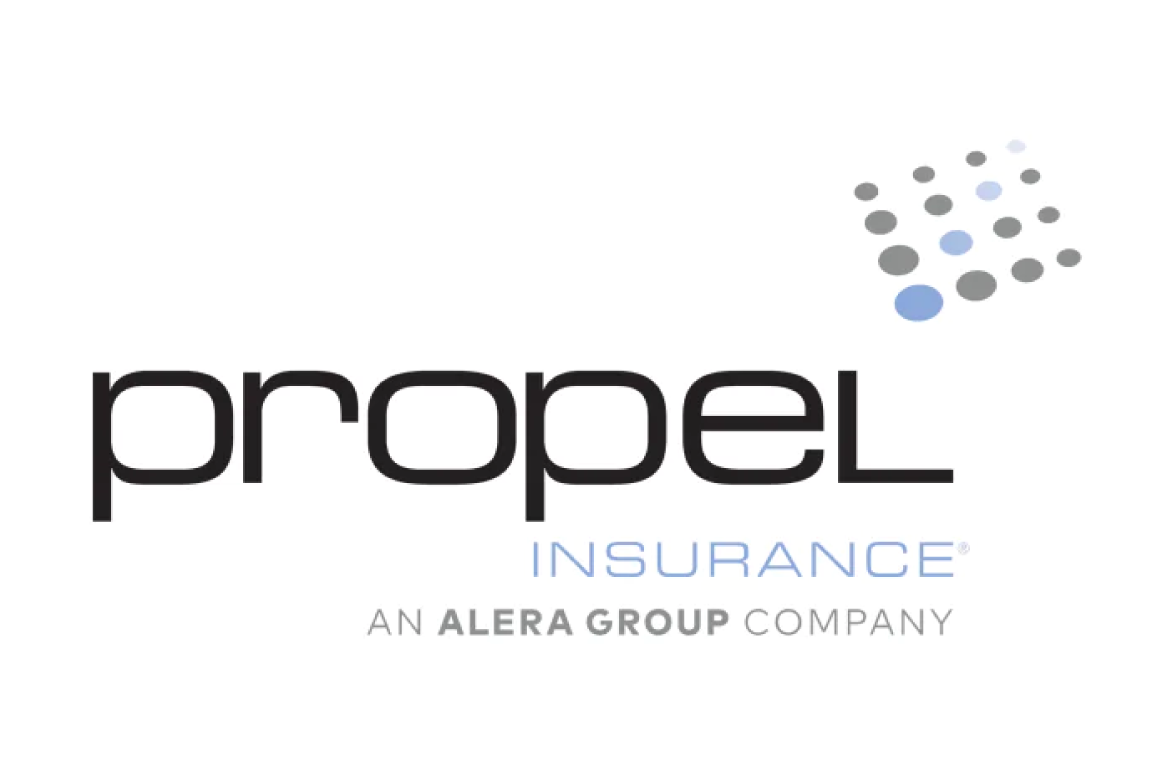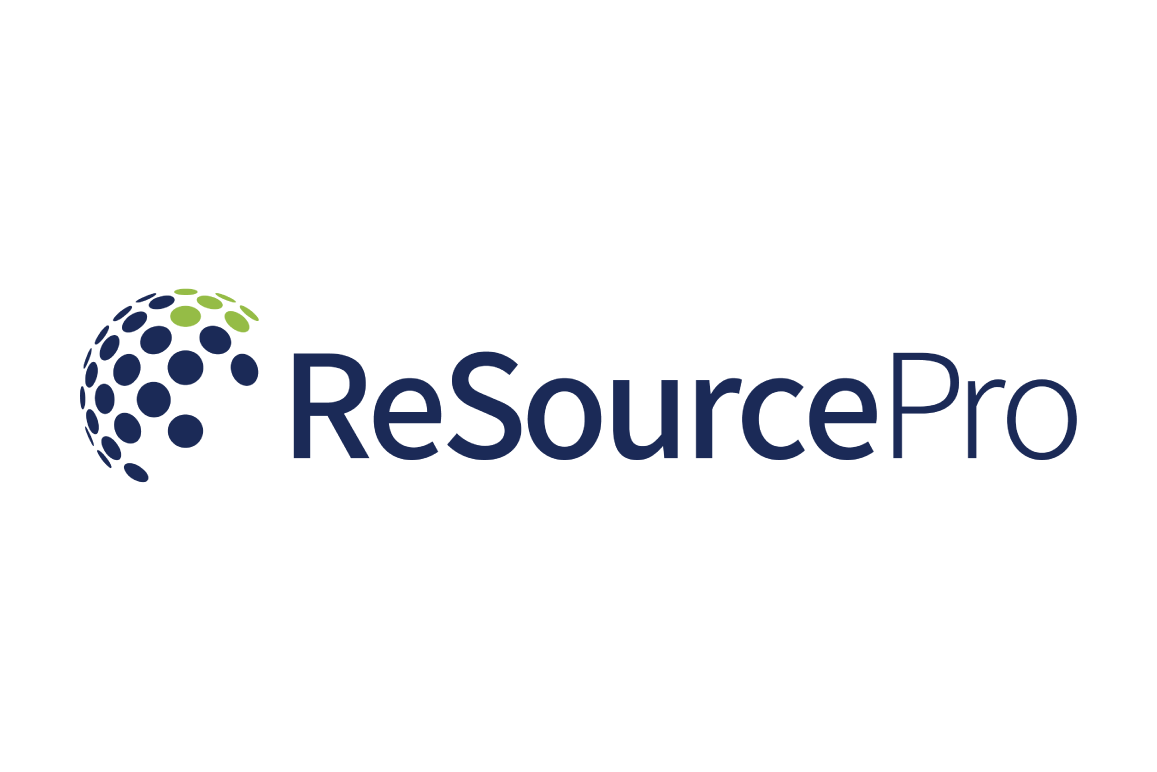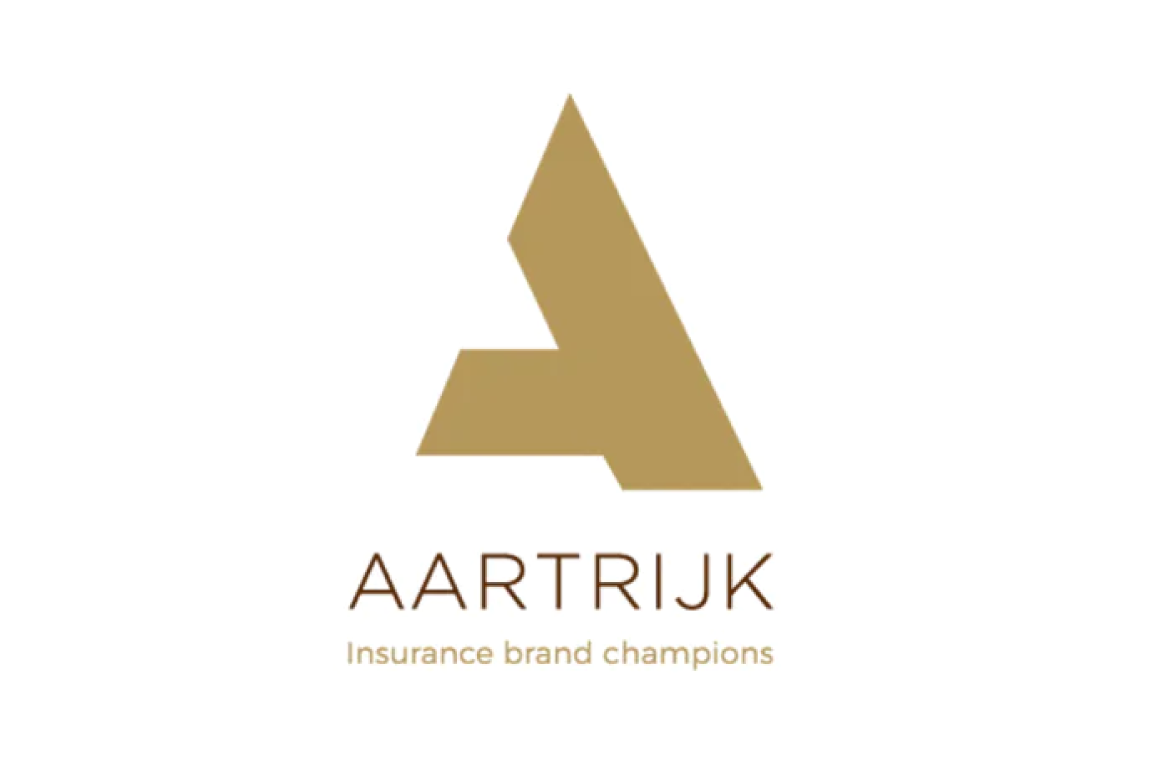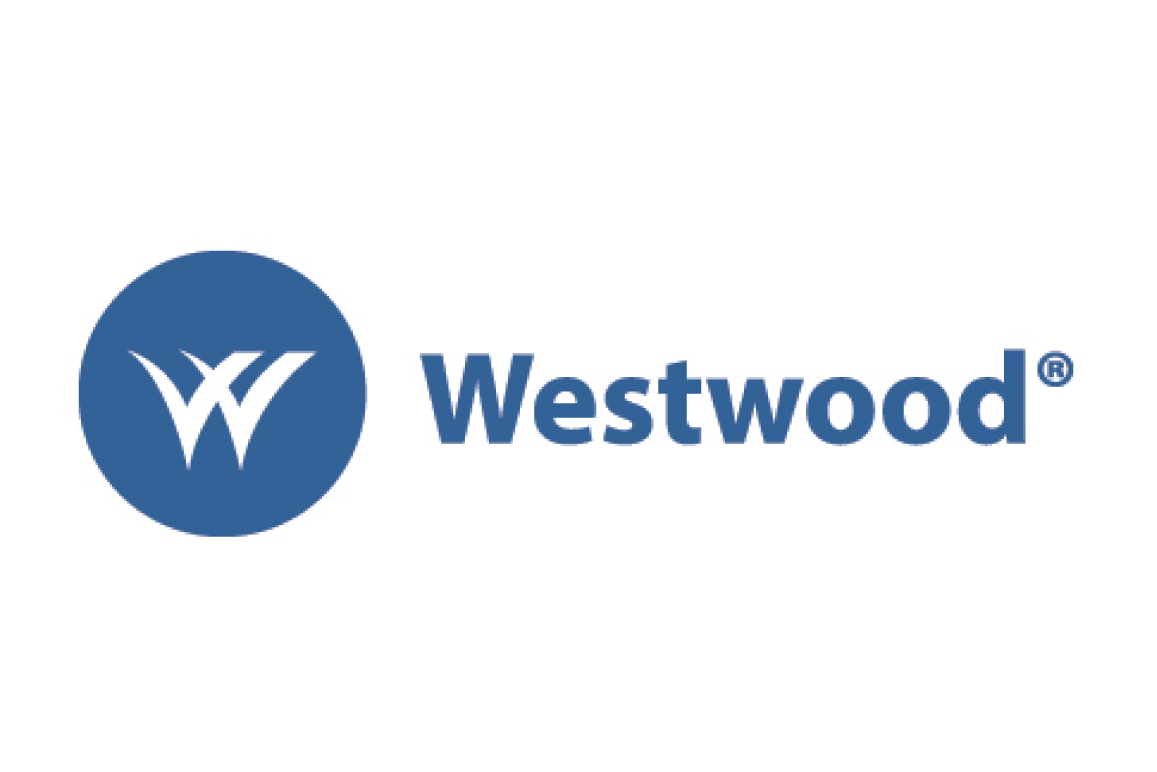An effective environmental management strategy begins with an evaluation of environmental efficiency. This evaluation identifies the various direct and indirect environmental issues that impact a business. Even though it does not attempt to meet specific governmental standards or due diligence models, it uncovers a business’s environmental footprint and defines a starting point for measuring sustainable progress and benefits. Completing this evaluation gives businesses more control over minimizing risk and driving growth.
In today’s business environment, an environmental efficiency evaluation is also part of the foundation to build these ESG initiatives. Prior to starting the evaluation, consider the following questions.
Foundational Questions
What’s coming in your front door?
- Knowing who business partners and customers are is a critical first step. Since there are possibilities for indirect environmental liabilities, businesses must assess any raw materials, supplies, vendors, and other individuals they interact with regularly. Is a strategy in place for when an environmental loss impedes the ability to deliver goods and services? Can vendors have negative environmental impacts upon the business?
What’s going on inside corporate walls?
- If a business stores, handles, or treats raw materials, supplies, or waste, they may be subject to environmental laws or regulations. This also extends to any vendor services being performed within corporate walls.
What’s going out the back door?
- Equally as critical is the need to evaluate finished products, equipment, services, recyclables, waste materials, and vendor services that businesses deliver.
Who are the business’s neighbors?
- Even businesses that actively execute an environmental management strategy may still experience indirect environmental impacts from neighbors. Businesses wanting to avoid this should be aware of who their neighbors are and what potential environmental liabilities they may create.
Do you want to take this evaluation further and help clients develop an environmental strategy?
The Certified Environmental Strategist (CeS) program teaches you how to advise clients on environmental risk management and transfer. The self-paced course prepares professionals to ensure their clients’ competitiveness, environmental stewardship, and risk management. The CeS course benefits insurance agents, attorneys, bankers, accountants, realtors, and business owners.
